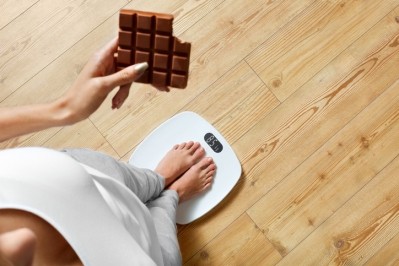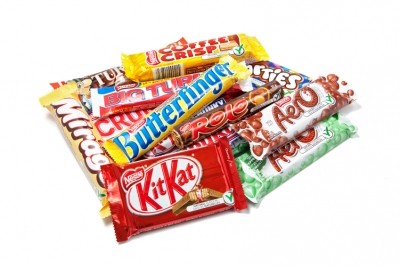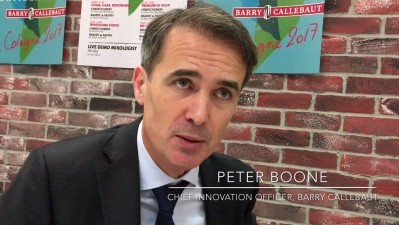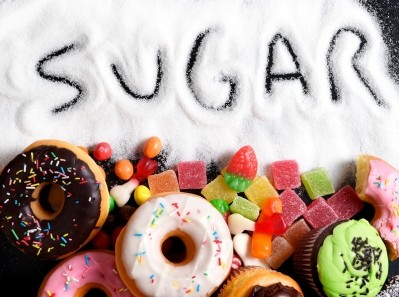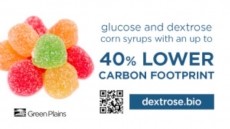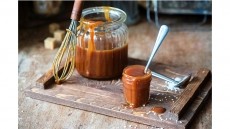The right dose: Are confectionery players misreading the sugar obesity debate?
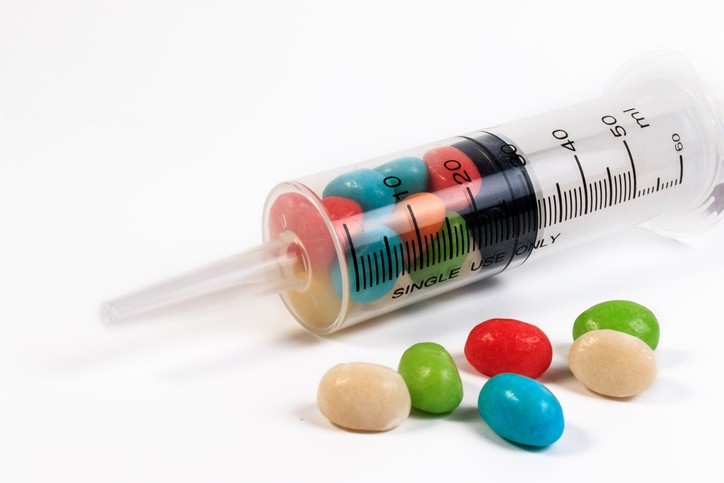
Melody Pattison Mehta is a brand strategy consultant to packaged goods firms, who founded her own consultancy firm FMCG Strategic Alliance in the early 2000s.
She has previously worked with a top five confectionery company and runs free podcast series Reinventing the Supermarket.
Weathering sugar attacks ‘easily’
Speaking to ConfectioneryNews, Pattison Mehta, said: "Sugar is going to be challenged in the next few years based on the trends I'm seeing in the science circles... Some kind of regulatory framework is going to come to sugar eventually."
But she said the confectionery industry doesn't need to panic about sugar. It just needs to understand it better, which will help it “weather the upcoming attacks easily”.
A spoonful of sugar keeps the regulators away?
Pattison Mehta said: "We really have not seen sugar labelling gotten right because the emphasis is still always on the caloric balance and not on the fructose."
The consultant calls for a front of pack label that clearly explains a maximum daily dose of sugar, using teaspoons as a visual signifier.
She said industry should work against a daily maximum dose recommended by the American Heart Association (AHA) of six teaspoons, roughly 24 g of sugar per day for women and nine teaspoons, roughly 36 g, for men.
Many popular confectionery brands exceed the max level for women in a single serve.
Pattison Mehta suggested brands could break products into thirds to encourage moderate consumption.
Metabolic syndrome and fructose
Five top US confectionery companies – including Mars, Nestlé and Ferrero – said this week they would print calories front of pack for 90% of their bestselling confections within five years and ensure individually wrapped products will be 200 calories or less by 2022.
High-fructose corn syrup
High-fructose corn syrup – which has been used by some confectioners - contains slightly more fructose than glucose. Hershey committed to using no high-fructose corn syrup in 2015.
Pattison Mehta argued the industry has miscalculated by focusing on caloric intake rather than fructose content.
The sugar molecule is in two parts: Fructose and glucose.
Pattison Mehta said glucose was generally recognized as safe, but claimed excessive consumption of fructose over time enhanced the risk of developing metabolic syndrome and non-alcoholic fatty liver disease, which is associated with type 2 diabetes, obesity and hypertension.
There are some studies supporting this claim about fructose (see HERE) and others that entirely refute it.
The consultant views the most credible science to come from studies by Robert Lustig, professor of pediatrics at the University of California.
Obesity is 'a red herring'
Pattison Mehta claimed obesity was just one symptom of metabolic syndrome and alleged not all those suffering from metabolic syndrome would appear obese.
“Obesity is a red herring. Metabolic syndrome is the real issue and obesity is one symptom,” she said.
WHO guidelines on sugar
The World Health Organization recommends adults and children reduce their daily intake of free sugars to less than 10% of their total energy intake. It says a further reduction to below 5% or roughly 25 grams (6 teaspoons) per day would provide additional health benefits. It says scientific evidence suggests those who consume less sugars have lower body weight and say increasing the amount of sugars in the diet is associated with weight increase.
She argued the 'too many calories makes you fat' theory has little scientific basis.
"On obesity, we have the whole story backwards,” she alleged.
Why draw attention to sugar levels?
But why would large confectionery companies such as Mars want to draw attention that a single-serve Snickers bar contains 27 g of sugar, more than the AHA’s recommended dose for women, with front of pack sugar dose labeling?
"It is coming to Mars whether they like it or not,” said Pattison Mehta. “They can either act now and be seen to be transparent… Have sugar in it but give people informed consent."
The brand strategist said confectioners can expect declining sales in developed nations as sugar consumption and demand falls. She urged companies to look at their product portfolios now to weather it.
Sweets and snacks are the second biggest contributor to added sugar in the American diet (31%) behind beverages 47%, according to USDA analysis.
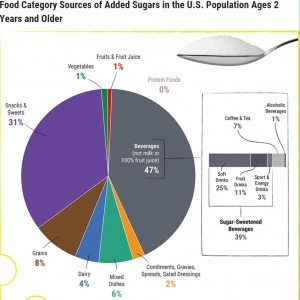
"Confectionery is not the biggest demon - it's small things like informational campaigns and joining up with some of these doctors [like Robert Lustig] rather than fighting with them,” said Pattison Mehta.
Winning in the long-term
But the consultant is not in favor of a tax on sugared goods like confectionery as championed by Lustig.
She favors the industry sticking by sugar, but says products should contain far less and a single-serve should never exceed six teaspoons.
"We know we can have a fairly good relationship with sugar,” she said.
"But brands that want to be the winners in the medium to longer term are going to have to take on what sugar really is.”

